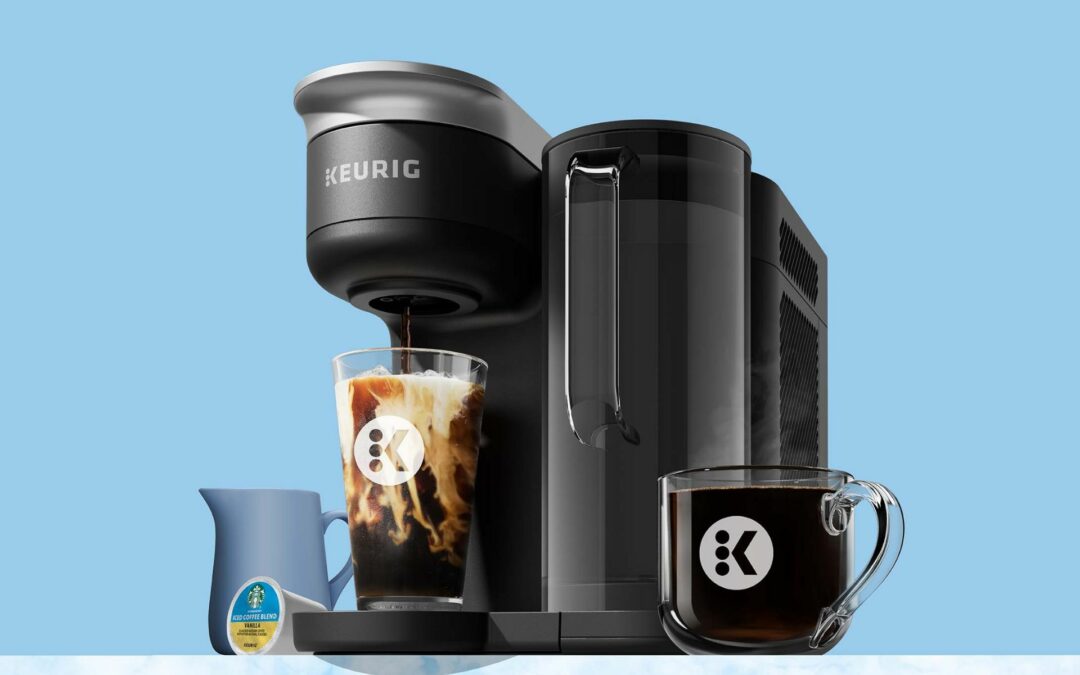Although Amazon remains the most browsed brand for online shoppers in the United States, different demographic groups have multifaceted and evolving opinions of the e-commerce giant, with almost half of Gen Z backing away from it, according to market researcher Mintel.
And that’s not the only indication consumers are not altogether satisfied with online shopping.
In Mintel research, 47% of Gen Z shoppers said they are actively trying to shop less at Amazon, compared to 20% of Baby Boomers and 40% of Millennials. Furthermore, six in 10 Gen Z shoppers agree that Amazon is too powerful and 39% are tired of hearing about the e-commerce giant, according to Mintel. Still, Mintel pointed out Amazon continues to gain market share.
Amazon Prime membership has risen to an estimated 200 million worldwide, with 148.6 million, or 74%, in the U.S. up 33% since 2020. Although 73% of adults say Amazon is their favorite place to shop and 65% start their online shopping forays with Amazon, many customers remain open to other options despite Prime membership. As such, 19% of U.S. adults say they would drop their Amazon Prime membership if another brand offered equivalent benefits. Consumers also are using competitive services to a greater degree. Today, for example, 36% of Prime members are also Walmart+ members.
Mintel stated its research suggests e-commerce sales will reach $1.2 trillion in 2024, a 9% increase over 2023. The growth looks to continue, with a 36% increase anticipated in the 2024-28 timeframe.
In introducing the data, Diana Smith, Mintel associate director, client advisor, retail and e-commerce, said, “The allure of Amazon continues to have a strong hold over most online shoppers. However, it may not always be the first choice for Gen Z shoppers. Their shopping habits indicate a preference for personalization over privacy. They are inclined to discover new brands, which may not always align with Amazon’s mass appeal. Amazon and other mass merchandisers may need to rethink their Gen Z strategy to increase loyalty from this demographic. The key lies in understanding how this generation thinks, shops and perceives the world around them, which points towards unique and tailored shopping experiences.
Smith added retailers can maintain a competitive position with Amazon “by maintaining an active community presence through corporate social responsibility. Brands can adopt a local business mentality through meaningful CSR efforts. They should actively participate in the communities they serve, get customers involved and lead efforts with dedicated, genuine conviction.”
According to the Contentsquare 2024 Digital Experience Benchmark Report, 55% of all e-commerce websites saw lower traffic, 58% saw session consumption fall and conversion slip by 5.5%. Contentsquare, which specializes in digital experience analytics, also found that 40% of online visits included frustration, especially in terms of avoidable friction such as technical website errors, slow page loads and rage clicks.
Contentsquare defines rage clicks as those that consumers make when they strike at least three times in less than two seconds.
“With a dip in global web traffic this year and the cost per visit rising almost 10%, making every visit count is business critical,” said Jean-Christophe Pitié, chief marketing and partnerships officer for Contentsquare. “We know from our previous consumer research that shoppers are leaving sites as a result of frustrations that could be easily resolved, such as slow page loads and rage clicks.”





